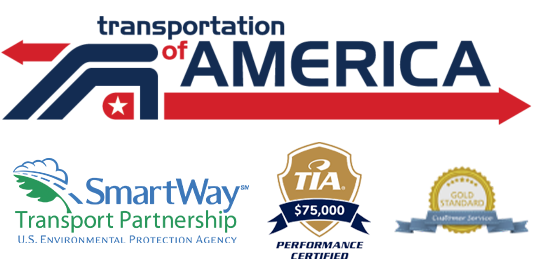FREIGHT DENSITY CALCULATOR
| Enter Data and click to Calculate | ||
| Length (inches) | inches | |
| Width (inches | inches | |
| Height (inches) | inches | |
| Weight (pounds) | pounds | |
| Freight Value (dollars) | $ | dollars |
| Freight Density (lbs/cf) | 00.00 | lbs/cubic foot |
Notes: Very wide or long (more than 12 feet) freight may not qualify for standard LTL classification due to density rules enforced by LTL carriers. Be aware when using this tool to estimate LTL class and ask the LTL carrier directly with details.
If pallets are stackable doesn’t change the NMFC class as it is based on density and value primarily.
FREIGHT CLASS ESTIMATOR
| NMFC Estimate | ||
| Density (lbs/cf) | 0.00 | 00 |
| Value per Pound | $0.00 | 00 |
| Applied Freight Class We applied heigher of the two estimates | 00 | |
COMMODITY CLASSIFICATION
STANDARDS BOARD VALUE GUIDELINES
| CLASS | Minimum Avg. Value Per Pound |
| 50 | $1.06 |
| 55 | $2.06 |
| 60 | $3.12 |
| 65 | $5.17 |
| 70 | $7.80 |
| 77.5 | $10.39 |
| 85 | $15.61 |
| 92.5 | $20.78 |
| 100 | $25.99 |
| 110 | $28.60 |
| 125 | $32.49 |
| 150 | $39.02 |
| 175 | $45.52 |
| 200 | $52.02 |
| 250 | $65.02 |
| 300 | $78.01 |
| 400 | $104.02 |
| 500 | $130.04 |
Unlike density, value per pound is not in of itself a separate transportation characteristic. Pursuant to the decisions in Ex Parte No. MC-98 (Sub-No.1), Investigation into Motor Carrier Classification, value per pound is only one component of the liability characteristic. Accordingly, information relating to value per pound must be analyzed in conjunction with the other liability elements, ie, susceptibility to theft, liability to damage, propensity to damage other freight, perishability, and propensity to spontaneous combustion or explosion. Where those other liability elements are found to present no substantial problems or concerns, value per pound is of less significance.
Consequently, the value guidelines cannot be viewed as forming a matrix with the density guidelines, where one is measured against the other arrive at the appropriate class representing an “average” of the two factors. Rather, the value guidelines provide an indication of the upper value limits associated with the various classes, as determined by using the density guidelines.
National Motor Freight Traffic Association, Inc.
COMMODITY CLASSIFICATION
STANDARDS BOARD DENSITY GUIDELINES
| Minimum Avg. Density (In Pounds Per Cubic Foot) |
CLASS |
| 50 | 50 |
| 35 | 55 |
| 30 | 60 |
| 22.5 | 65 |
| 15 | 70 |
| 13.5 | 77.5 |
| 12 | 85 |
| 10.5 | 92.5 |
| 9 | 100 |
| 8 | 110 |
| 7 | 125 |
| 6 | 150 |
| 5 | 175 |
| 4 | 200 |
| 3 | 250 |
| 2 | 300 |
| 1 | 400 |
| Less than 1 | 500 |
The density guidelines are uses in the assignment of classes where average density is representative or reflective of the range of densities exhibited. Furthermore, the density/ class relationship set forth in the guidelines presume that there are no unusual or significant stowability, handling or liability characteristics, which would call for giving those characteristics additional or different “weight” in determining the appropriate class.
National Motor Freight Traffic Association, Inc.
